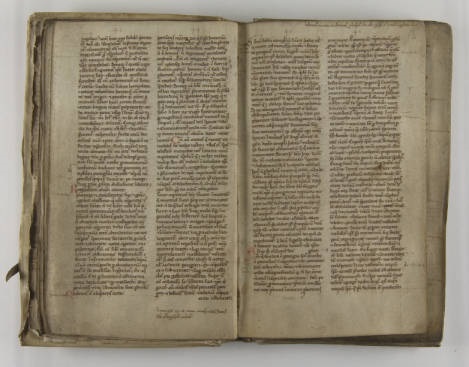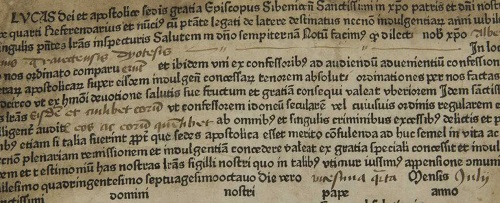Corona, Guilt and Punishment
Philosopher Damiaen Denys commented in Dutch newspaper Trouw that ‘the coronavirus is a healthy correction for our megalomaniac lifestyle, a warning from the Creator, the law of nature.’ A quote by former cyclist and Tour-de-France winner Jan Janssen, from an interview recorded during the pandemic: ‘Maybe, he thought as he looked at the budding flowers, nature is trying to tell us something.’ Inger Andersen, Director of the UN Environmental Programme, said that nature was sending us a message and called the pandemic ‘a warning shot’. Although research agency Citisen concluded that ‘the number of Christians who view the coronavirus as God’s punishment is negligible (2%)’, the floods that affected large parts of the Netherlands in 1953 were viewed by most Bible Belt inhabitants as punishment for human sin (adultery, lying, bribing).

In the less recent past, things were no different. Disasters of all kinds, including famines, epidemics, floods, child mortality and wars were far more common in the Middle Ages than today. And then, just as now, people looked for the reason for disasters in their own behaviour. In the thirteenth century, Emo of Huizinge wrote in his chronicle that the Marcellus Flood of 1219, which cost hundreds of lives, was probably his fault. He had committed the sin of simony, selling church services and using money from the altar to buy out a competitor (Chronicle of the Bloemhof Monastery, fol. 12r). Physical disasters were followed by feelings of guilt and psychological distress. Medieval inhabitants were tortured by guilt and the fear of punishment and eternal fire awaiting them after death.

Pastorally inclined individuals devised a solution to these worries: indulgences, granted by the Church as a remission of punishment due to sin. The Special Collections department at the University of Groningen Library has in its possession a single indulgence, dated 1478 (so, we’re safe!). This indulgence, Litterae Indulgentiarum (uklu INC 168), was issued by a remarkable man, Francesco della Rovere (1414-1484). Despite his humble origins, his great oratory and epistolary talents brought him fame and in 1471, he was elected Pope under the name Sixtus IV. Sixtus had grand ideas that were in keeping with the Renaissance era in which he lived, and this meant that he needed a lot of money. He had the controversial but brilliant idea of charging lots of money for indulgences. Incidentally, this idea gave us much of our UNESCO heritage. Sixtus commissioned work by painters like Perugino and Botticelli as well as a chapel that still bears his name, the Sistine Chapel. The funds for these projects were largely raised among German and Dutch citizens—the French King resisted the trade in indulgences—so in a way, Europe already had a customs union in these early days. Either way, it is hardly surprising that the German monk Martin Luther fought the indulgence trade: he simply could not accept the idea that you could buy off your sins, with the result that rich people essentially never had a problem.
In conclusion, I’d like to share my personal experience in the Sistine Chapel, which, in pre-coronavirus times, used to be as busy as a swimming pool. I once stood there next to an American tourist, who I overheard saying: ‘So, this is the Sistine chapel… But where is the Seventeenth?’

